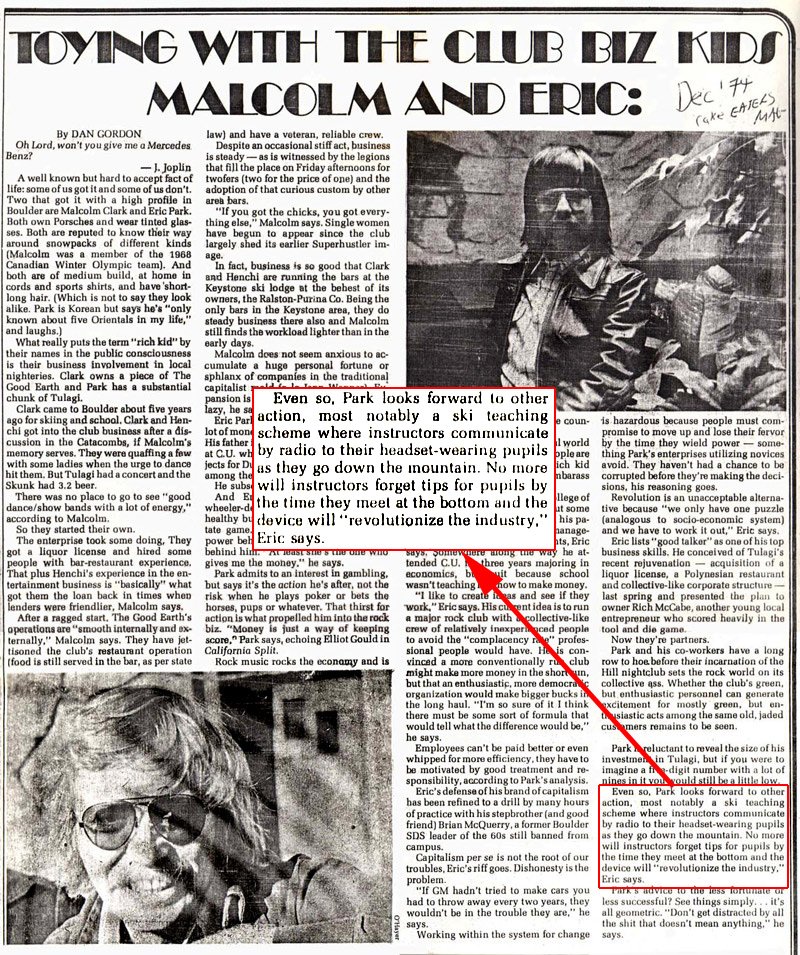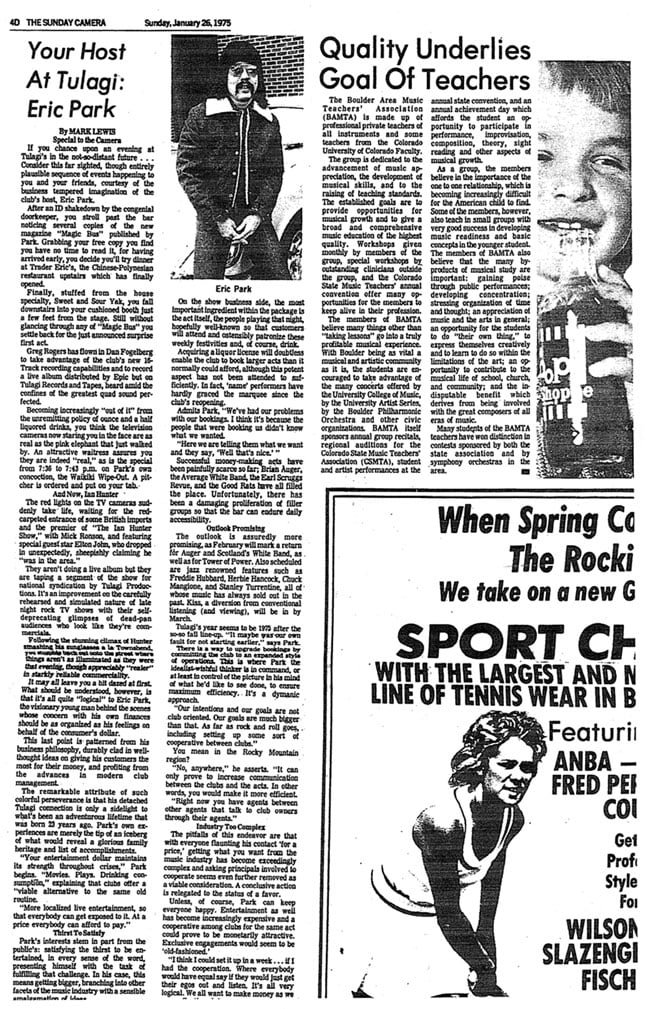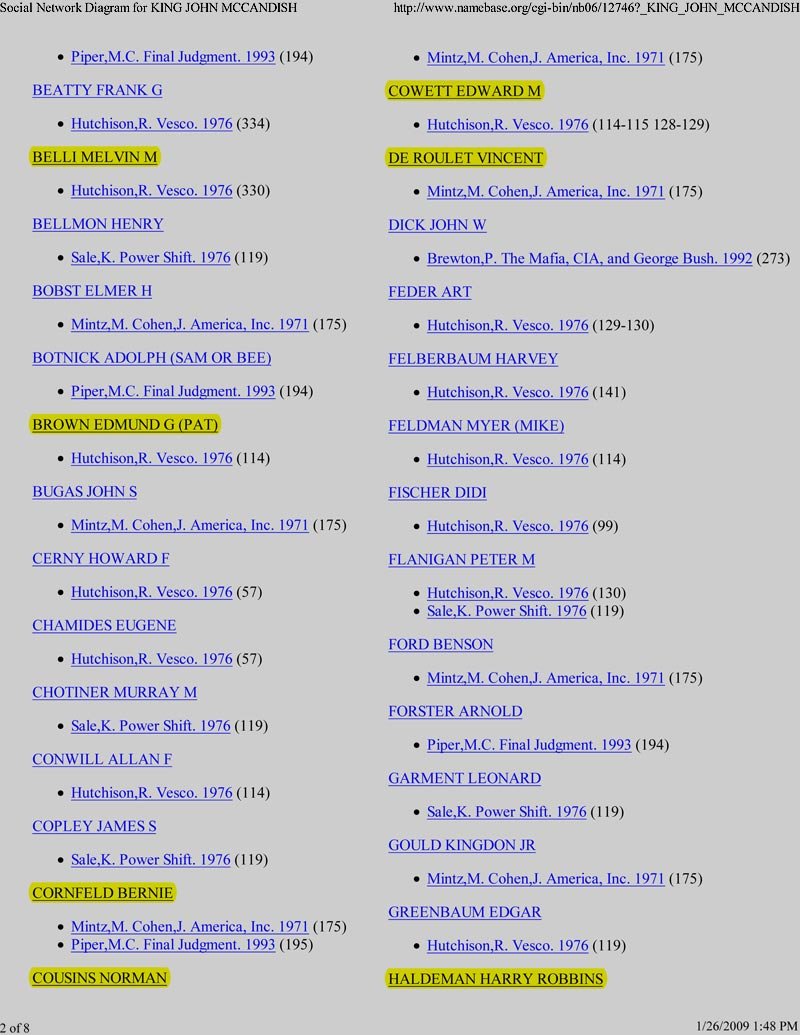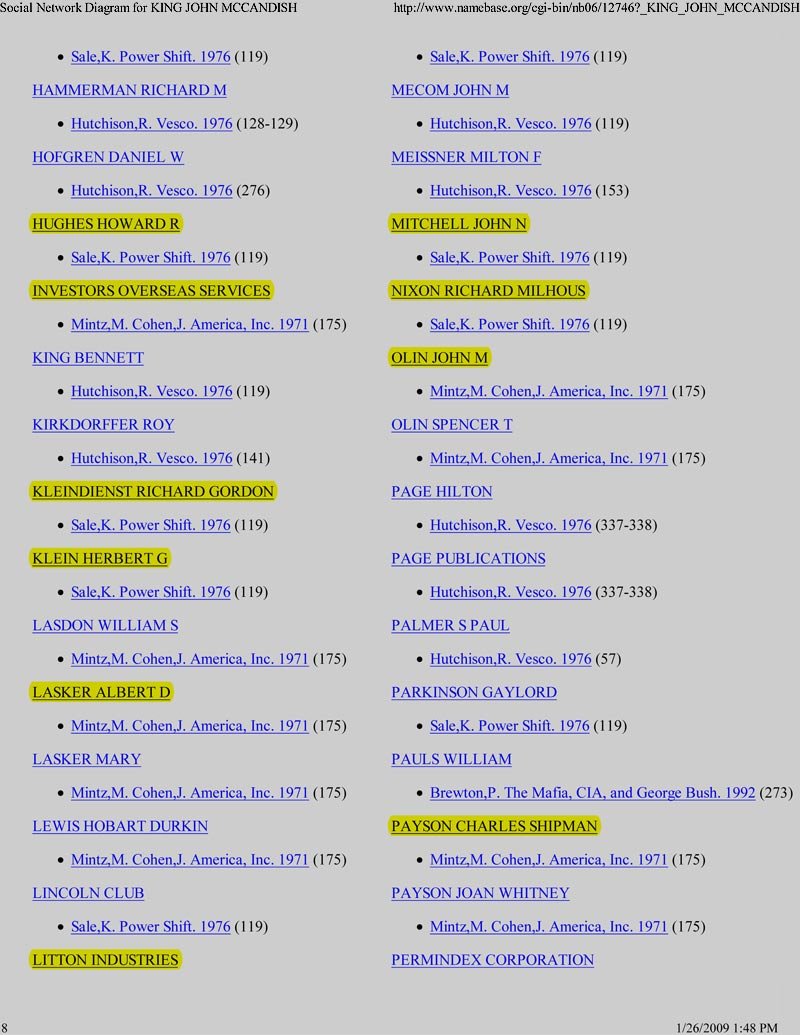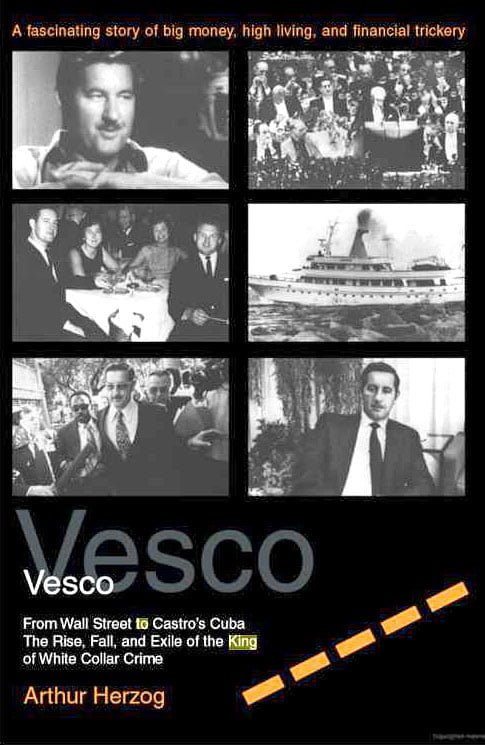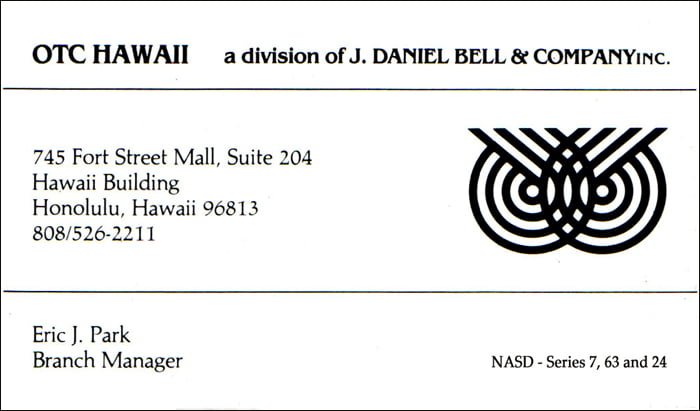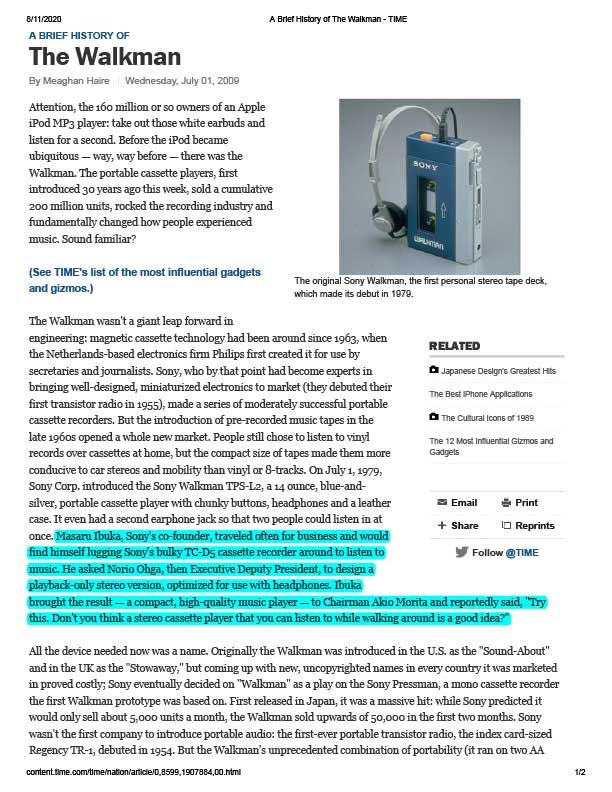“To see what everybody else has seen, and to think what nobody else has thought.”
Albert Szent-Györgyi
1. 1966–68 – The first Junior Achievement (JA) company to do advertising at Boulder High School, Boulder, CO. In Mr. Park’s sophomore year, his JA Company manufactured and sold the ubiquitous magnetic note boards that stick on refrigerators. In his junior year, they produced an emergency tire “Un-Flattener” — basically a high-pressure air hose with female tire valves on each end that connected a flat tire to a fully inflated one, resulting in two half-flat tires instead of one fully flat tire. In theory, this would enable driving a very short distance to get repairs. Obviously it wouldn’t work on anything other than a very slow leak and there was always a risk that you could end up with two flat tires. It was two years of “arts and crafts.”
Finally, in his senior year, Mr. Park led his JA Company to become the first to do advertising as interns at the local radio station (KBOL) on weekends to create and sell advertising to local businesses while also creating and producing the on-air programming all of which generated so much revenue that rules were later passed banning future JAs from replicating the advertising program.
Little did he know at the time, Mr. Park’s life-long journey into the world of marketing had begun.
2. 1972 – First to create a Sony Walkman-like device to play music cassettes while skiing. In 1972, he gave his prototype of the device to his father, Dr. Joseph D. Park, a renowned CFC consultant for Daikin Industries of Japan (the world’s largest manufacturer of heating, cooling and refrigerant products) to take to Japan and determine what, if any interest there might be.
His father gave the Walkman-like device (along with a walkie-talkie headset device that Mr. Park also created) to some Japanese engineers that he knew and the rest is history — the first Sony Walkman introduced in July, 1979 was virtually identical to Mr. Park’s device, including the microphone — an unavoidable holdover on the portable voice recorder he cannibalized to make his device but certainly unexpected on newly manufactured stereo cassette player. Although Mr. Park doesn’t know exactly how Sony acquired the device, there is a “Working Girl movie” explanation of the design form factor, the case and the construction of the headphones that is simply more believable than the various, conflicting “official Sony” explanations of the creation of the Walkman offered over the years. (See the many stories: here.)
Recognizing the Japanese culture’s reverence for its history, culture and attention to details, it is inconceivable that the specifics of something as monumentally important (and recent) as the development of the Walkman would not have been meticulously preserved for posterity — and yet it wasn’t.
The stated impetus for inventing the Walkman (quoted from multiple Sony bigwigs) was they wanted a way to “listen to opera on long flights.” Then why put a dictation microphone on a stereo cassette player, for use in an airplane, and why sponge headphones instead of closed headphones, for opera?
The form factor is a major issue — why a cassette that “flopped in-and-out” when there were already slide-in cassette carriers in wide use at the time that would have been more stable (as used in Astraltune and Stereobelt). This is also true of the inventor Andreas Pavel — who is credited with inventing the portable stereo cassette player when in 1978 he patented the Stereobelt, which looked nothing like the Walkman but nonetheless eventually won a settlement from Sony in 2003.
Mr. Park’s “Working Girl” explanation for the sponge headphones was that the ski patrol at the Arapahoe Basin ski area where he first used the device, would not allow him to wear closed headphones while skiing, for safety reasons. He had to be able to hear approaching skier’s warnings “on your left,” etc. His solution: Sponge headphones that allowed ambient sound in (which were approved). The cassette player form factor (w/ microphone) was dictated by what was then currently available in stores — existing portable cassette voice recorders that he cannibalized in very specific ways to play stereo music cassettes.
The original devices may still exist somewhere deep inside of Sony and Mr. Park has specific design details that no one else could possibly know about the original Walkman-prototype device and the additional “walkie-talkie” prototype that accompanied it. (Sony produced the walkie-talkies in their My First Sony line of children’s electronics — see below.)

My First Sony — Walkie Talkies (1987) ICB-1000 ($50)
Whether or not the original devices are in Sony’s possession does not change the fact that in 1972, Mr. Park created, used, and sold a battery powered cassette player identical to the Sony Walkman, to listen to music through sponge headphones while skiing.
3. 1974 – Mr. Park was able to obtain the first hard liquor license for a world-famous nightclub in Boulder, Colorado named![]() by reviewing the liquor licensing statutes and discovering, that while the nightclub had been serving 3.2 (low alcohol) beer for more than 20 years, it actually qualified for a hard liquor license.
by reviewing the liquor licensing statutes and discovering, that while the nightclub had been serving 3.2 (low alcohol) beer for more than 20 years, it actually qualified for a hard liquor license.
Previous owners of the establishment misinterpreted the liquor laws stating that hard liquor establishments “needed to be more than 500 feet from the state run university” — by assuming that the measurement was a straight line “as the crow flies,” when the statutes actually stated “via pedestrian access.” This was a BIG difference, since “via pedestrian access” meant paved sidewalks, legal crosswalks (no jaywalking in the middle of the block), and no alleys or other “shortcuts.”
500 feet measured “as the crow flies,” placed the property unquestionably too close to the university to qualify for a hard liquor license. However when measured “via pedestrian access”, since the property was located in the middle of the furthest block “on the Hill” business area across from the university, it was just far enough to qualify for a liquor license — which also meant that all other adjacent businesses were within the 500 foot limit and therefore could not obtain competing liquor licenses.
The storied night club was a “showcase venue” that featured recording artists: The Eagles, The Doobie Brothers, Linda Ronstadt, Bonnie Raitt, Chick Corea, ZZ Top, Flying Burrito Bros, Miles Davis, J.J. Cale, John Lee Hooker, Jim Croce, Leo Kottke, Average White Band, Brian Auger Oblivion Express, Earl Scruggs Review, Paul Butterfield, Chuck Mangione, Little Feat, Eric Burden, Herbie Hancock, Bob Seger, Harry Chapin, Gino Vanelli, Doc Watson, Firefall, Tom Waits, Tommy Bolin, Zephyr, Flash Cadillac & Continental Kids, Tower of Power and The Astronauts, among others.
4. 1977 – Executive VP, Personal Administrative Assistant and ranch manager to John M. King, (1927–2016), of Denver, CO., an independent oilman, financier and past adviser to four U.S. Presidents, to develop oil and gas properties, ski area developments and recreational land acquisition.
5. 1981 – Mr. Park served as Principal and Branch Manager(NASD Series 7, 63, & 24 licenses), opening the first “penny stock/IPO” brokerage firm in Honolulu, Hawaii – OTC Hawaii, a division of J. Daniel Bell & Company of Denver, Colorado — a new-issues firm providing investment banking, venture capital, merger and acquisition services to technology, mining and petroleum startups. The Denver, Colorado High Tech/Oil and Gas, penny stock market was a precursor to the high-tech entrepreneurial NASDAQ marketplace to come.
6. 1982 – Associated Solar, Honolulu, HI – Mr. Park created the first “independent third-party, higher authority perception” strategy to market passive solar (hot water) to homeowners who were extremely hostile to the door-to-door solar sales people that had been canvasing, re-canvasing, and re-re-canvasing every neighborhood in Honolulu since 1978, when federal income tax credits effectively paid for nearly half of every solar system installed by a homeowner.
Mr. Park created a process to give consumers what they wanted instead of what they didn’t want — by transforming the perception of a “random, interruption-based communication by a door-to-door salesman” into an “intentional, point-of-need communication and engagement” that the homeowner would find valuable. The formula included a uniform of:
- White plastic hard hat
- Laminated picture ID
- White short-sleeved dress shirt with a pocket
- Pocket protector with multiple pens
- Dark-blue slacks
- Metal clipboard with questionnaire/survey and specific word tracks to be read to homeowner — “Hello, we’re in this area surveying Hawaiian Electric Company customers to find out what problems you may have had during the past hurricane — as far as any outages or other problems.” (Note: Everyone on the island of Oahu is a Hawaiian Electric Company customer. And there are only a very few customers(less than .1%) on Oahu who have gas water heaters.)
The “survey taker” would ask homeowners whether they experienced any outage, damage or other issues during Hurricane Iwa which had occurred a few weeks earlier. When homeowners saw the “survey takers” walking from house to house, some actually prepared refreshments for them and if homeowners were skipped, some would pursue the survey taker and ask, “hey, aren’t you going to survey my family?”
The “survey takers” would ask everyone a standard set of questions: “How many people in your household? How long was your power off? Did it go back on and stay on or did it go off again? Did you have any food spoilage? Did you have to reset your circuit breakers? Did you have any damage? What is your normal monthly electric bill?”
For every household that had 4 or more family members and an electric bill above $250/month — they would also be asked the following question, “If your electric bill could be reduced by up to 50% would you want that done?” And after the homeowner answered, “of course,” they were told that someone would come out to explain the details whenever it was convenient for them. Most homeowners said to send someone ASAP. Close/Install rate was over 80%.
The process eliminated 2 major problems for the “stakeholders” (the homeowners and solar door-to-door salespersons) — salespersons did not suffer the usual rejection rate and homeowners learned that they could have more money to spend on their family every month, pay less to Hawaiian Electric Company and add substantial value to their homes.
For every family of four or more with a monthly electric bill exceeding $250/month — installing passive solar to generate hot water would absolutely save more money than the solar system cost. (Including one-time federal tax credit that paid 40% of the initial cost.) And while there were a few situations where the homeowners expressed skepticism when the “survey taker” returned to the customer’s home — one Chinese gentleman produced a large meat cleaver and said — “If this turns out to be a scam, I’m going to chop your hand off!”, once they saw their first month’s savings were MORE than the cost of the solar system (ie., after paying for the solar system, they still had extra money in their pockets that would have gone to Hawaiian Electric Company), homeowners were more than satisfied — and no hands were ever chopped off. All of this because of a simple change in perception.
7. 1982 – Yokono-Shintaku Inc – solar division. Mr. Park created a simple “give ’em what they want” marketing strategy to create an “un-marketing” perception at the annual Oahu Home Show, where instead of trying to compete with the usual music, flashing lights, dancing hula girls and “yadda-yadda” pitchmen that everyone else was using to attract attention – he offered a simple display with no music, no flashing lights, no dancing girls and no personnel to try to “sell” consumers. Offering instead — a “quiet zone w/drinking water.”
A simple sign stating “Free Drawing for a solar system valued at $5,000.00.” Grand prize was Free solar system, 1st Prize was solar system for one dollar/month, 2nd Prize was solar system for two dollars/month and 3rd Prize was solar system for three dollars/month. The drawing entry drum was transparent plastic that was emptied continuously so the drum was always almost empty.
Plenty of tables, chairs, free water, pencils and entry forms for weary home show patrons to sit down, rest their aching feet and fill out a few entries. Entry forms required the number of people in household, electric bill, name, address, phone number in order to win – correct information that is almost impossible to obtain under any other circumstances. Thousands upon thousands of entries were received.
All entries from families of 4 or more people with electric bills of $250+/month in areas that had sufficient sun exposure — would be followed up and offered solar systems that would put a net $100+/month in the homeowner’s pocket — after deducting the cost of the solar panels. Close/Install rate was over 85%.
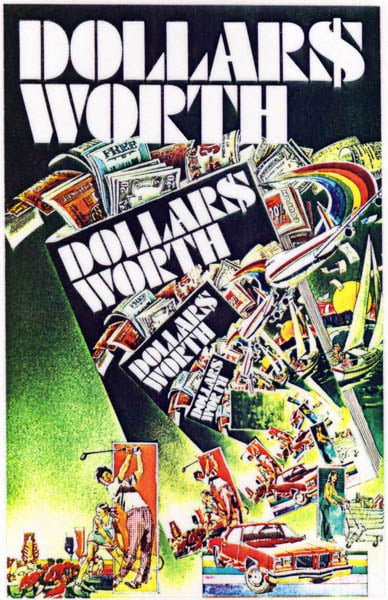
8. 1983 – Dollar$worth Shopping Companion – RR Donnelley & Sons. Mr. Park developed the first direct mail coupon magazine for agencies whose clients included General Foods, Proctor & Gamble, Lever Bros., Bristol Meyers and others. Overcoming the traditional perception and lack of credibility of “junk mail” by using an “independent third party” to publish the coupons assembled into a magazine along with additional “high-value” consumer information such as recipes, cleaning & cooking hints, how-to’s, sweepstakes and games, etc., that was to be distributed to every A, B, and C household in America — more than 20 million households every week on “best food day.”
The magazine format was slightly larger than a TV Guide so that housewives would stack it directly under TV Guide when they were neatening up their coffee tables. The back cover of Dollar$worth resembled the brown paper in grocery bags, with a calendar and lots of space for notes. (If someone writes on it — it won’t get discarded quickly.)
Coupons were located at the top and bottom of pages and were laser punched with address codes scanned from the mailing labels, immediately after the labels were applied on the assembly line. Marketers could determine exactly which households had purchased specific products with the coupons and provide different, related discounts to those households in subsequent issues.
100% consumer aligned — no editorial independent of the marketers, simply a more effective method than “junk-mail” or FSIs (“free standing inserts” in Sunday newspapers). Prolonged shortage of coated paper stock(required for the laser punched codes) prevented printing of magazine, however expansion of direct divisions (coupons) in advertising agencies was a direct result of the infrastructure created for the magazine.
9. 1986 – Consumer Auto Network — the first “quid pro quo” marketing strategy where auto dealers paid to have truthful factory invoice information provided to consumers. The dealers provided their true factory invoice cost to be delivered at the “consumers point of need” by an “independent third-party” in exchange for being promoted to consumers as the “better” dealers that believed consumers were entitled to have true invoice information in order to negotiate from “invoice up” instead of “sticker price down.” The majority of dealers at the time believed consumers had no right to know the invoice cost of vehicles, despite the fact that the “invoice cost” was little more than a bookkeeping entry since dealers “floored” their cars (paid a monthly fee). Yet this was a real and authentic “point of difference” for consumers in selecting the dealer from whom they would ultimately purchase their vehicles. Written up in March 1990, New Woman magazine, by Claudia Bowe, in the Money section as “The Negotiating Edge,” and used by Auto Trader’s free “Automotive Today” for invoice pricing.
It is important to note the stark difference in consumer perception of salespeople pulling out factory invoice from a filing cabinet in the dealership, and having an “independent third-party” provide the identical information. Consumers universally did NOT believe invoices provided by dealership salespeople, while those very same consumers overwhelmingly believed the identical invoices provided by Consumer Auto Network — the power of the “independent third-party” perception.
First to utilize Pacific Bell’s interactive 976 system that enabled California consumers to use touch-tone phones to obtain invoice cost information on all cars, trucks, and SUVs “at their point of need” 24/7/365. First to use AT&T’s interactive 900 system to offer the same service nationwide. Consumer Auto Network’s original “invoice up vs. sticker price down” is the basis for all modern auto pricing services today. Consumer Auto Network also provided invoice pricing services to the original Auto Trader magazine’s — Automotive Today.
One of the original participating dealers in Consumer Auto Network was Pete Ellis, who went on to found Auto-by-Tel in 1995. (“Auto-by-Tel was originally a syllabic abbreviation for Automobiles-by-Telephone but later became an abbreviation for Automobiles-by-Telecommunication, in order to incorporate the Internet into its name.” — Wikipedia.)
 10. 1990 – The CAR Guide (The Consumer Auto Reference Guide) — was the first invoice price VHS video tape including all models of auto and trucks available in the U.S., created 100% digitally in a Macintosh computer and distributed by Baker & Taylor to schools, libraries and video rental stores. Packaged as a 4‑volume set, it was offered as a free rental in the public service sections of video rental stores. VHS tapes were merely a “patch” as interactive CDs would quickly replace analog VHS, only to be quickly supplanted by the Internet.
10. 1990 – The CAR Guide (The Consumer Auto Reference Guide) — was the first invoice price VHS video tape including all models of auto and trucks available in the U.S., created 100% digitally in a Macintosh computer and distributed by Baker & Taylor to schools, libraries and video rental stores. Packaged as a 4‑volume set, it was offered as a free rental in the public service sections of video rental stores. VHS tapes were merely a “patch” as interactive CDs would quickly replace analog VHS, only to be quickly supplanted by the Internet.
11. 1995 – Created first free online encyclopedia — Autopedia — The Automotive Encyclopedia, that won awards and recognition going back to the very beginning of the Internet as we know it today — and is referenced in over 100 books, including consumer handbooks, legal reference books, automotive buyers guides, college textbooks and it went mainstream enough to make it into Transformers comic books in 2012 (pg. #41, panel #3) and 2015 (pg.#17, panel #7). AutoPedia was the most recognized and quoted independent authority on automotive “lemon laws.” Millions of consumers worldwide depended upon the information and advice provided by AutoPedia. AutoPedia was always intended as a consumer resource as opposed to an “academic” one, providing consumers with the information they need to buy autos and automotive-related products and services. AutoPedia was designed as a “least support case” demonstration of the power of the “pedia” brand itself, as all of AutoPedia was researched, designed, photographed, and programmed by a single person, Mr. Park.
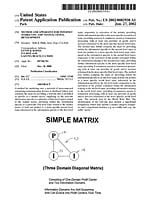 12. 2000 – U.S. Patent Application #09/740753, filed December 18, 2000 — Describes the “Pedia Effect” (superbrand) as a “method and apparatus for internet marketing and transactional development.” It describes the theory, components, and structure of how “pedia” consumer information brands are used to create a “group-driven process resulting in a self-defining and self-organizing information system” — a powerful, global, thin-layer consumer information (marketing) interface between marketers and consumers that generates the most authentic, organic, and powerful perceptions of “independent third-party, higher authority” information that consumers believe and remember. Little did Mr. Park know that the “Pedia Effect” would be used by a non-profit, academic “Wikipedia” in 2001, that would become massively popular and authoritative without any advertising or marketing and despite being constructed by “a bunch of nobodies” for academic, non-commercial purposes.
12. 2000 – U.S. Patent Application #09/740753, filed December 18, 2000 — Describes the “Pedia Effect” (superbrand) as a “method and apparatus for internet marketing and transactional development.” It describes the theory, components, and structure of how “pedia” consumer information brands are used to create a “group-driven process resulting in a self-defining and self-organizing information system” — a powerful, global, thin-layer consumer information (marketing) interface between marketers and consumers that generates the most authentic, organic, and powerful perceptions of “independent third-party, higher authority” information that consumers believe and remember. Little did Mr. Park know that the “Pedia Effect” would be used by a non-profit, academic “Wikipedia” in 2001, that would become massively popular and authoritative without any advertising or marketing and despite being constructed by “a bunch of nobodies” for academic, non-commercial purposes.
13. 2015 – Based on U.S. Patent Application #09/740753, Mr. Park developed a “Pedia Credibility Algorithm” that creates a Point-Of-Need (PON) Marketing platform more powerful than previous Point-of-Interruption (POI) marketing. It is the first marketing platform that’s fully consumer aligned and focused on maximizing “credibility” instead of “exposures,” by enabling marketers to provide consumers with EXACTLY the information consumers want (guaranteed truthful information), EXACTLY when consumers want it (at their PON), from a perceived independent third-party consumers believe and remember, across all market segments. It’s the direct connection to consumers that marketers have always wanted, where marketing is the message and the media.
14. 2022 — Discovered “The 4 Basic Laws of Information” which led to “The Marketing Equation M=eC” which which provided a greater understanding of “The Pedia Credibility Algorithm” (above). Discovering and assembling the various components to construct an algorithm is far different than discovering and understanding the underlying framework that forms the foundation for the algorithm. “The Marketing Equation” is based on the 3rd Basic Law, that states the primary components that compose information are “exposures” (what we see/hear/experience) and “credibility” (what we believe of what we see/hear/experience). “The Marketing Equation” simply and clearly demonstrates the critical importance of “credibility” (an exponential “strong force”) over “exposures” (an incremental “weak force”) in overall marketing performance for all established companies that have millions to billions of dollars in past ad exposures — for which the “Pedia Credibility Algorithm” is the ideal solution.
15. 2023 — The Final Evolution of Marketing is Point-of-Need (PON) Marketing, where consumers and marketers both get what they want. The evolution from “The 4 Basic Laws of Information” to “The Marketing Equation” to “The Pedia Credibility Algorithm” to the “Pedia Platform” to the “Final Evolution of Marketing” is the solution that marketers need to respond to the existential threat from AI-driven personal assistants (AI-PAs) that choose for consumers, drastically reducing (or eliminating) marketers’ influence in the “choosing and buying” process. Only the most powerful consumer-driven PON marketing platform can provide marketers with a powerful, relevant “voice” in the process to respond to AI-driven initiatives now and into the future.
